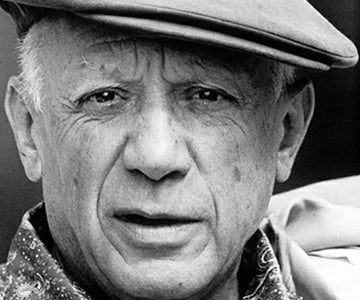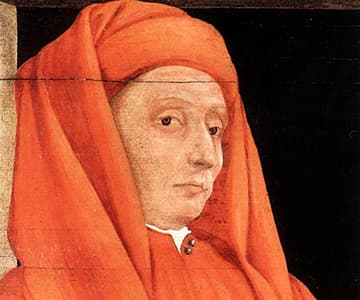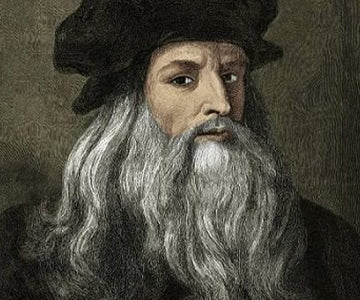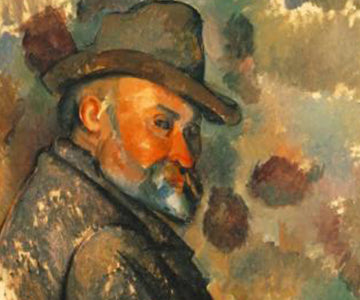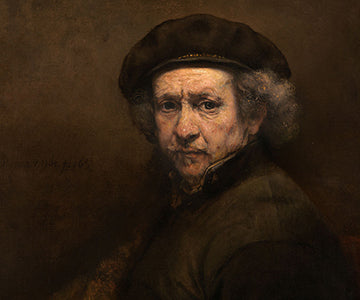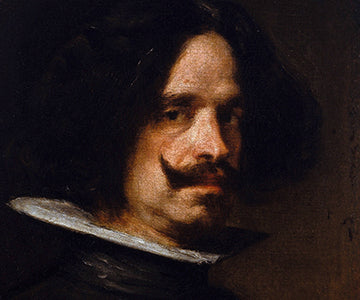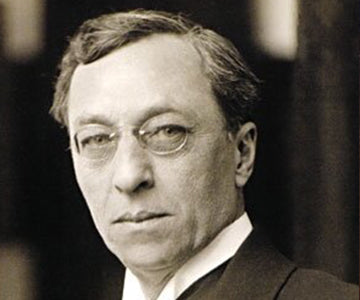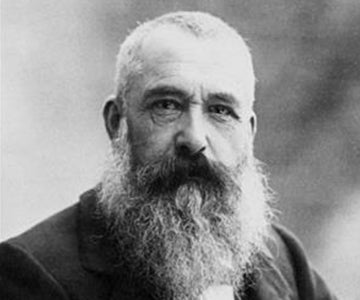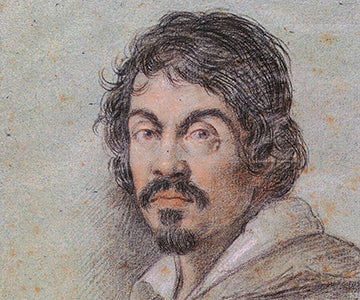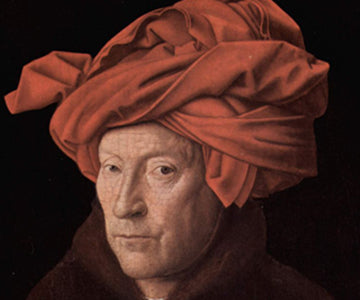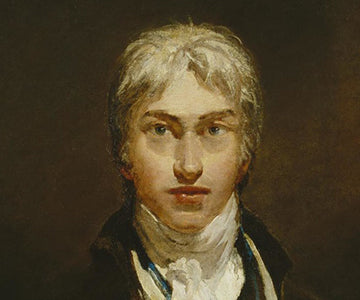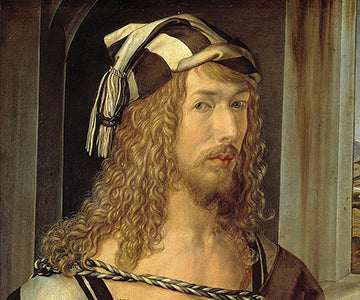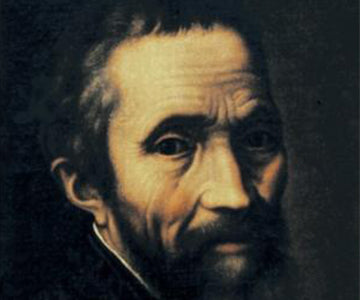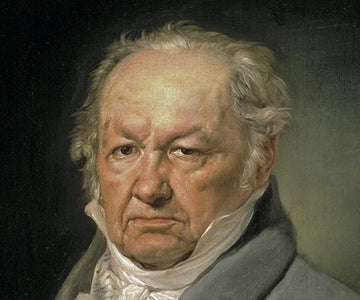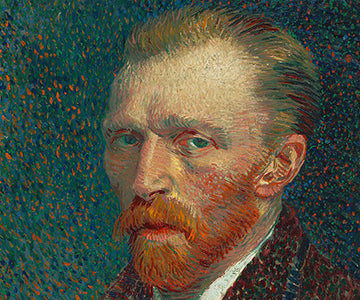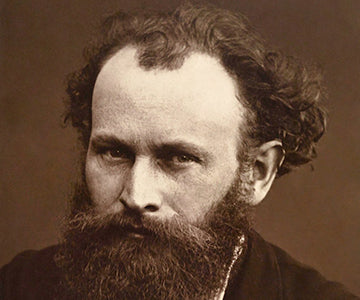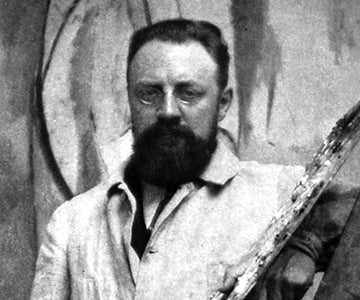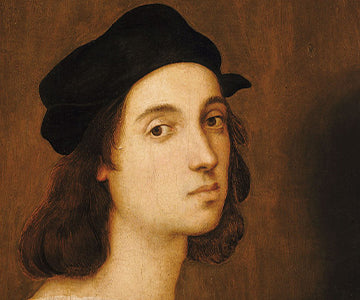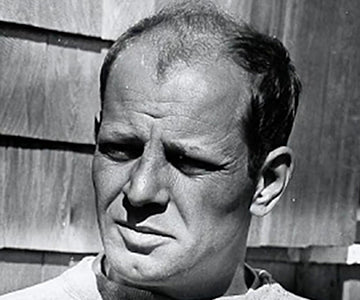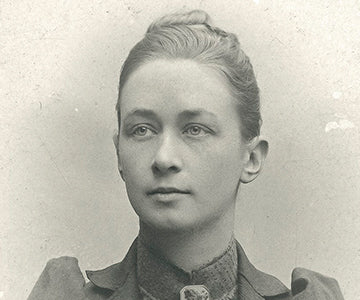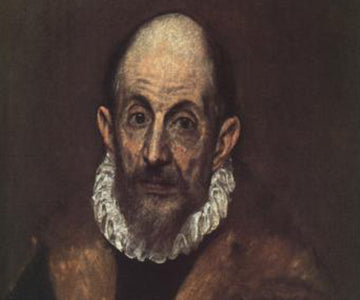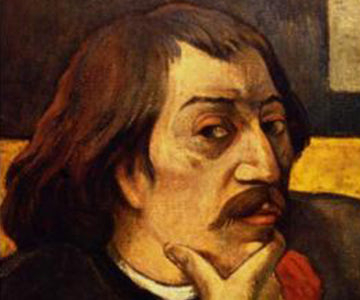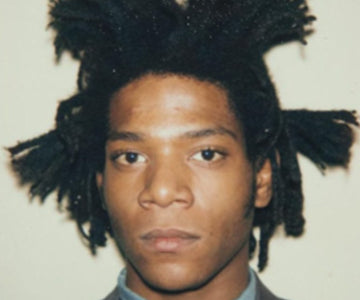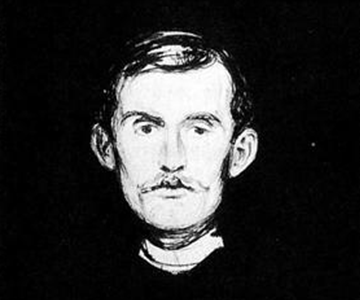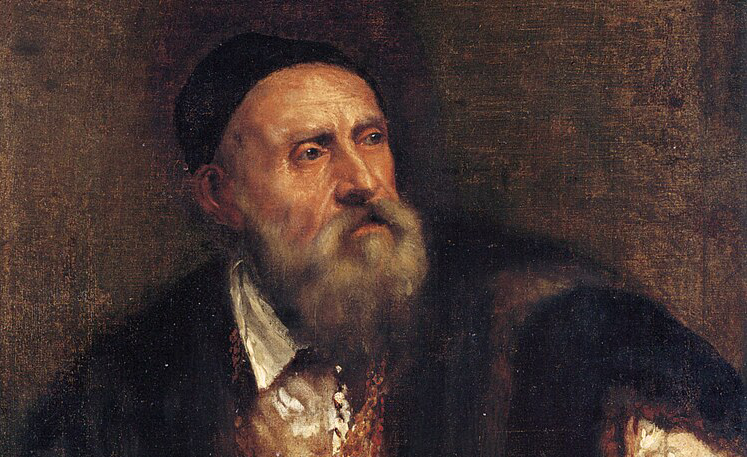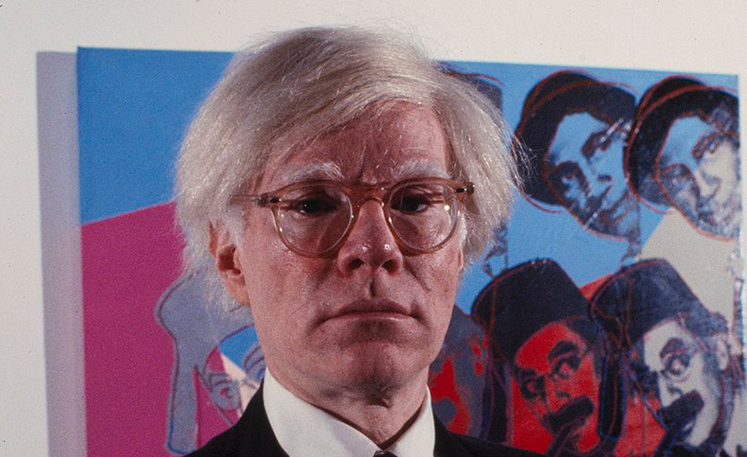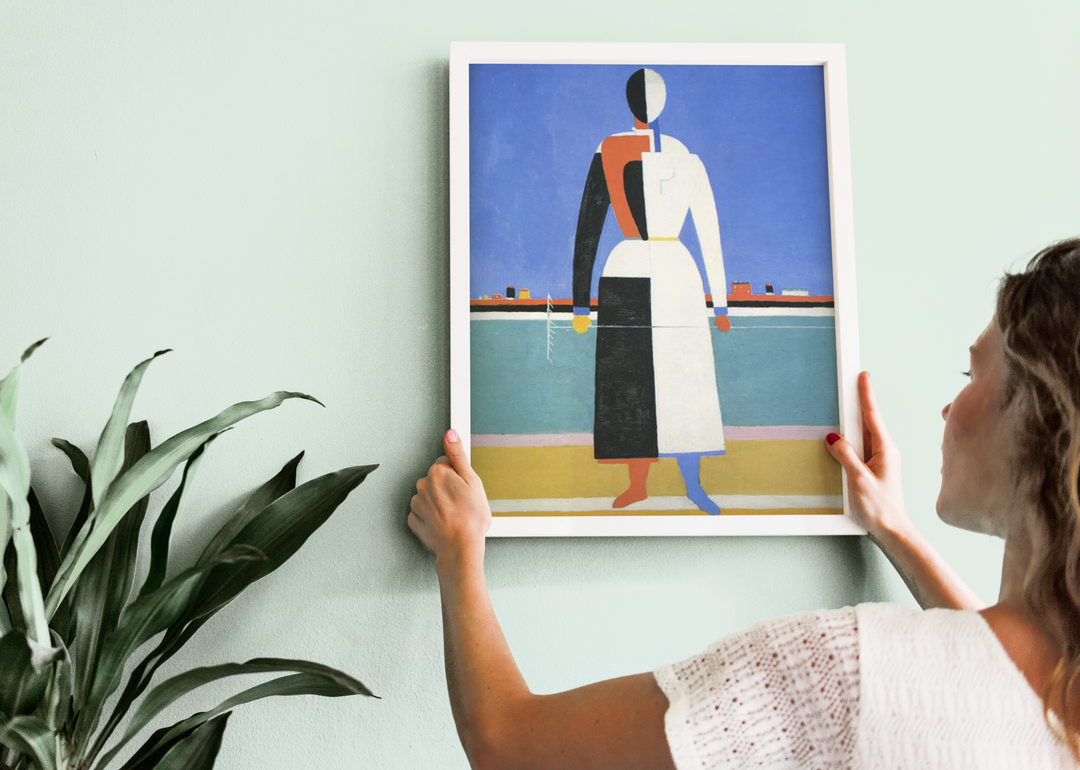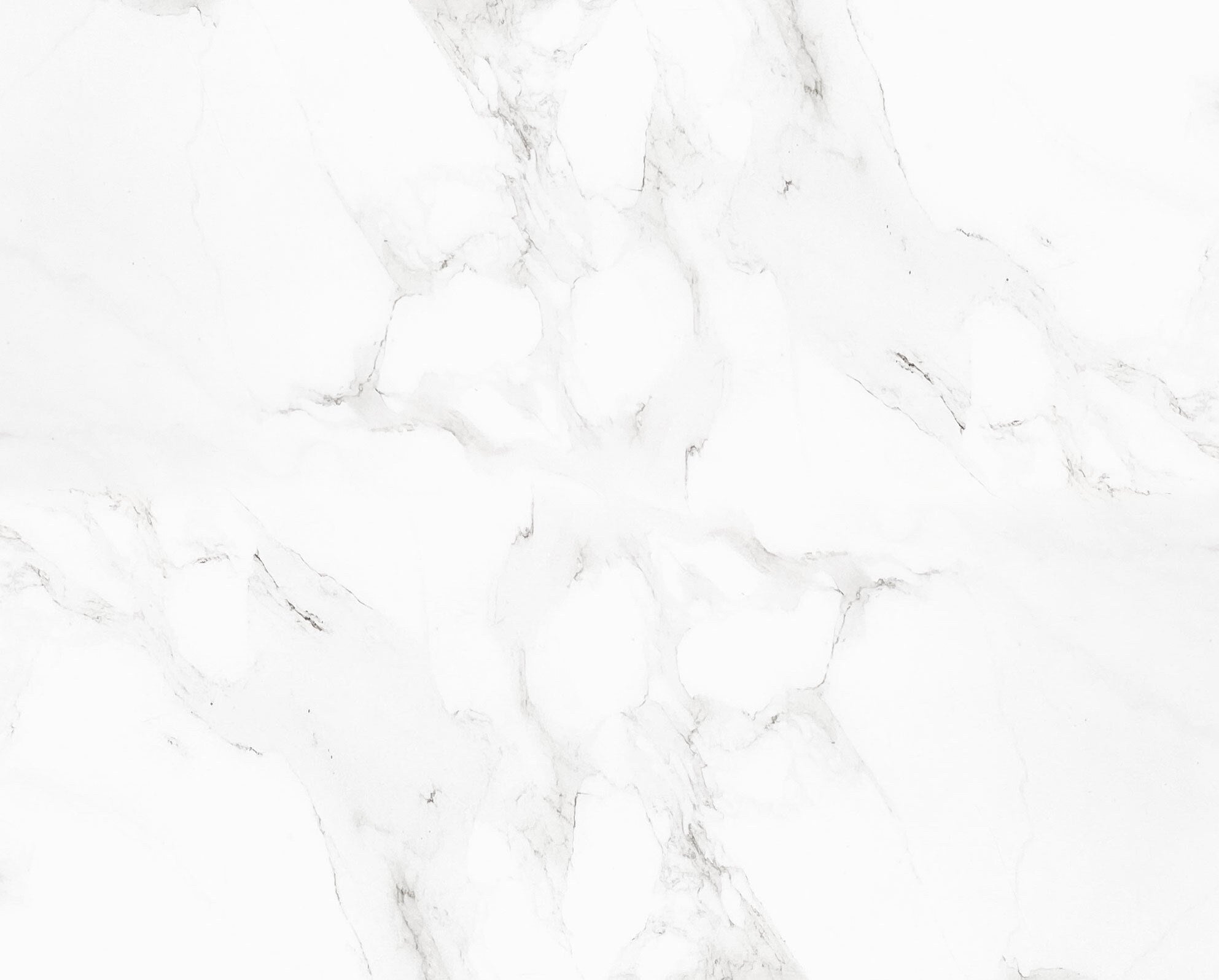
Most Popular Painters of All Time
A list of the most important & famous artists of the history of Western Painting, from 13th century to 21st century.
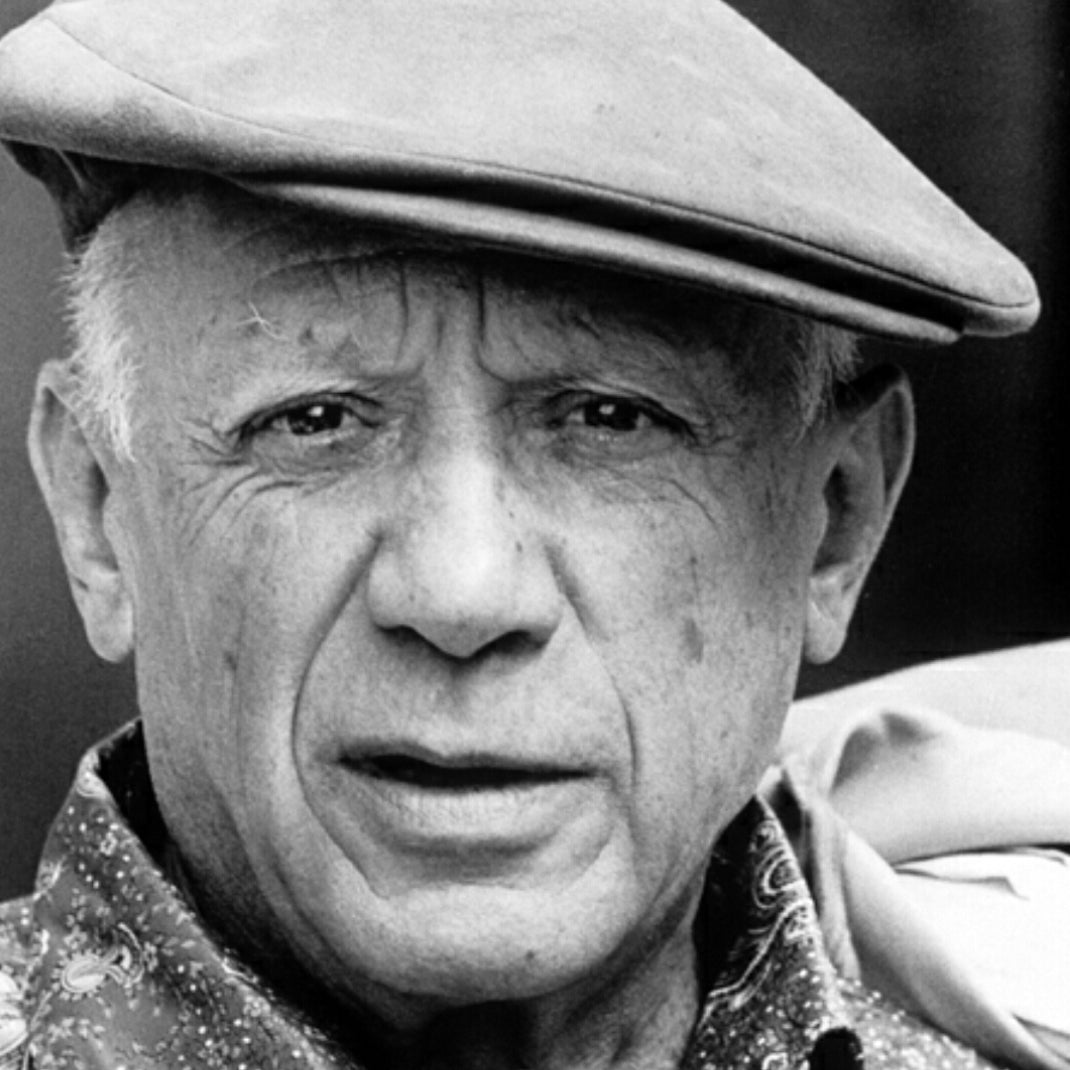
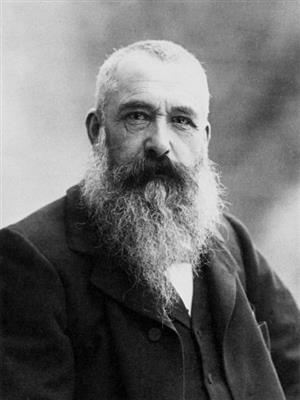
Pablo Picasso (1881-1973)
Love him or hate him, Pablo Picasso changed it all. He is to Art History a giant earthquake with eternal consequences. Nobody tried harder than Picasso to create the avant-garde. And no one tried harder to destroy it.
Giotto (c.1267-1337)
Giotto di Bondone, known mononymously as Giotto and Latinised as Giottus, was an Italian painter and architect from Florence during the Late Middle Ages. He worked during the Gothic/Proto-Renaissance period.
Leonado (1452-1519)
Leonardo di ser Piero da Vinci was an Italian polymath of the High Renaissance who was active as a painter, draughtsman, engineer, scientist, theorist, sculptor, and architect.
Cézanne (1839-1906)
Paul Cézanne was a French artist and Post-Impressionist painter whose work laid the foundations of the transition from the 19th-century conception of artistic endeavour to a new and radically different world of art in the 20th century.
Rembrandt (1606-1669)
Rembrandt was a Dutch Golden Age painter, printmaker and draughtsman. An innovative and prolific master in three media, he is generally considered one of the greatest visual artists in the history of art and the most important in Dutch art history.
Velázquez (1599-1660)
Diego Rodríguez de Silva y Velázquez was a Spanish painter, the leading artist in the court of King Philip IV of Spain and Portugal, and of the Spanish Golden Age. He was an individualistic artist of the Baroque period.
Kandinsky (1866-1944)
Wassily Kandinsky was a Russian painter and art theorist. Kandinsky is generally credited as one of the pioneers of abstraction in western art, possibly after Hilma af Klint. Born in Moscow, he spent his childhood in Odessa, where he graduated at Grekov Odessa Art school.
Monet (1840-1926)
Oscar-Claude Monet French: 14 November 1840 – 5 December 1926) was a French painter and founder of impressionist painting who is seen as a key precursor to modernism, especially in his attempts to paint nature as he perceived it.
Caravaggio (1571-1610)
Michelangelo Merisi da Caravaggio, known as simply Caravaggio, was an Italian painter active in Rome for most of his artistic life. During the final four years of his life he moved between Naples, Malta, and Sicily until his death.
Jan van Eyck (1390-1441)
Jan van Eyck was a painter active in Bruges who was one of the early innovators of what became known as Early Netherlandish painting, and one of the most significant representatives of Early Northern Renaissance art.
Turner (1775-1851)
Joseph Mallord William Turner RA, known in his time as William Turner, was an English Romantic painter, printmaker and watercolourist. He is known for his expressive colourisations, imaginative landscapes and turbulent, often violent marine paintings.
Dürer (1471-1528)
Albrecht Dürer, sometimes spelled in English as Durer or Duerer, was a German painter, printmaker, and theorist of the German Renaissance. Born in Nuremberg, Dürer established his reputation and influence across Europe in his twenties due to his high-quality woodcut prints.
Michelangelo (1475-1564)
Michelangelo di Lodovico Buonarroti Simoni known simply as Michelangelo was an Italian sculptor, painter, architect and poet of the High Renaissance. Born in the Republic of Florence, his work had a major influence on the development of Western art, particularly in relation to the Renaissance notions of humanism and naturalism.
Goya (1746-1828)
Francisco Goya was a Spanish romantic painter and printmaker. He is considered the most important Spanish artist of the late 18th and early 19th centuries. His paintings, drawings, and engravings reflected contemporary historical upheavals and influenced important 19th- and 20th-century painters.
Van Gogh (1853-1890)
Vincent Willem van Gogh was a Dutch Post-Impressionist painter who posthumously became one of the most famous and influential figures in Western art history. In a decade, he created about 2,100 artworks, including around 860 oil paintings, most of which date from the last two years of his life.
Manet (1832-1883)
Édouard Manet was a French modernist painter. He was one of the first 19th-century artists to paint modern life, as well as a pivotal figure in the transition from Realism to Impressionism.
Matisse (1869-1954)
Henri Émile Benoît Matisse was a French visual artist, known for both his use of colour and his fluid and original draughtsmanship. He was a draughtsman, printmaker, and sculptor, but is known primarily as a painter.
Raphael (1483-1520)
Raphael, in his full Italian name, Raffaello Sanzio da Urbino, was an Italian painter and architect of the High Renaissance. His work is admired for its clarity of form, ease of composition, and visual achievement of the Neoplatonic ideal of human grandeur.
Pollock (1912-1956)
Paul Jackson Pollock was an American painter and a major figure in the abstract expressionist movement. He was widely noticed for his "drip technique" of pouring or splashing liquid household paint onto a horizontal surface, enabling him to view and paint his canvases from all angles.
Af Klint
Hilma af Klint was a Swedish artist and mystic whose paintings are considered among the first abstract works known in Western art history. A considerable body of her work predates the first purely abstract compositions by Kandinsky, Malevich and Mondrian.
El Greco (1541-1614)
Domḗnikos Theotokópoulos, most widely known as El Greco, was a Greek painter, sculptor and architect of the Spanish Renaissance. "El Greco" was a nickname, and the artist normally signed his paintings with his full birth name in Greek letters, Δομήνικος Θεοτοκόπουλος, often adding the word Κρής, which means Cretan.
Gauguin (1848-1903)
Eugène Henri Paul Gauguin was a French Post-Impressionist artist. Unappreciated until after his death, Gauguin is now recognized for his experimental use of color and Synthetist style that were distinct from Impressionism. Toward the end of his life, he spent ten years in French Polynesia.
Basquiat (1960-1988)
Jean-Michel Basquiat was an American artist who rose to success during the 1980s as part of the Neo-expressionism movement that appeared in the New York scene in the early’80s, an artistic movement whose enormous influence on later painting is still to be measured.
Munch (1863-1944)
Edvard Munch was a Norwegian painter. His best known work, The Scream, has become an iconic image of the art world. His childhood was overshadowed by illness, bereavement and the dread of inheriting a mental condition that ran in the family.
Titian (c.1476-1576)
TIZIANO VECELLIO DI GREGORIO After the premature death of Giorgione, Titian became the leading figure of Venetian painting of his time. His use of color and his taste for mythological themes defined the main features of 16th century Venetian Art. His influence on later artists -Rubens, Velázquez…- is extremely important..
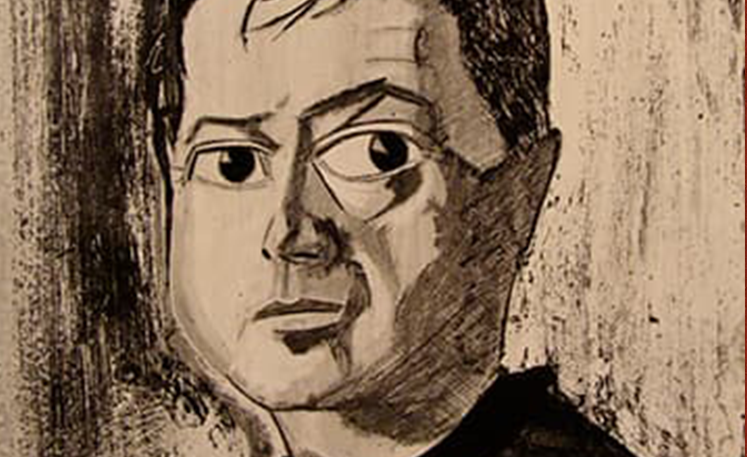
Bacon (1909-1992)
FRANCIS BACON . Maximum exponent, along with Lucian Freud, of Postwar British Art, Bacon’s painting rebelled against all the canons of previous painting, not only in terms of beauty, but also against the abstraction of the dominant Abstract Expressionism of the time.
Andy Warhol(1928-1987)
Andy Warhol, a pioneering figure in the Pop Art movement, revolutionized the art world with his iconic works. Known for his vibrant prints and commentary on consumer culture, Warhol's influence transcends generations. Explore his life, art, and lasting impact on contemporary culture. Dive into the vibrant world of Andy Warhol, where creativity knows no bounds.


